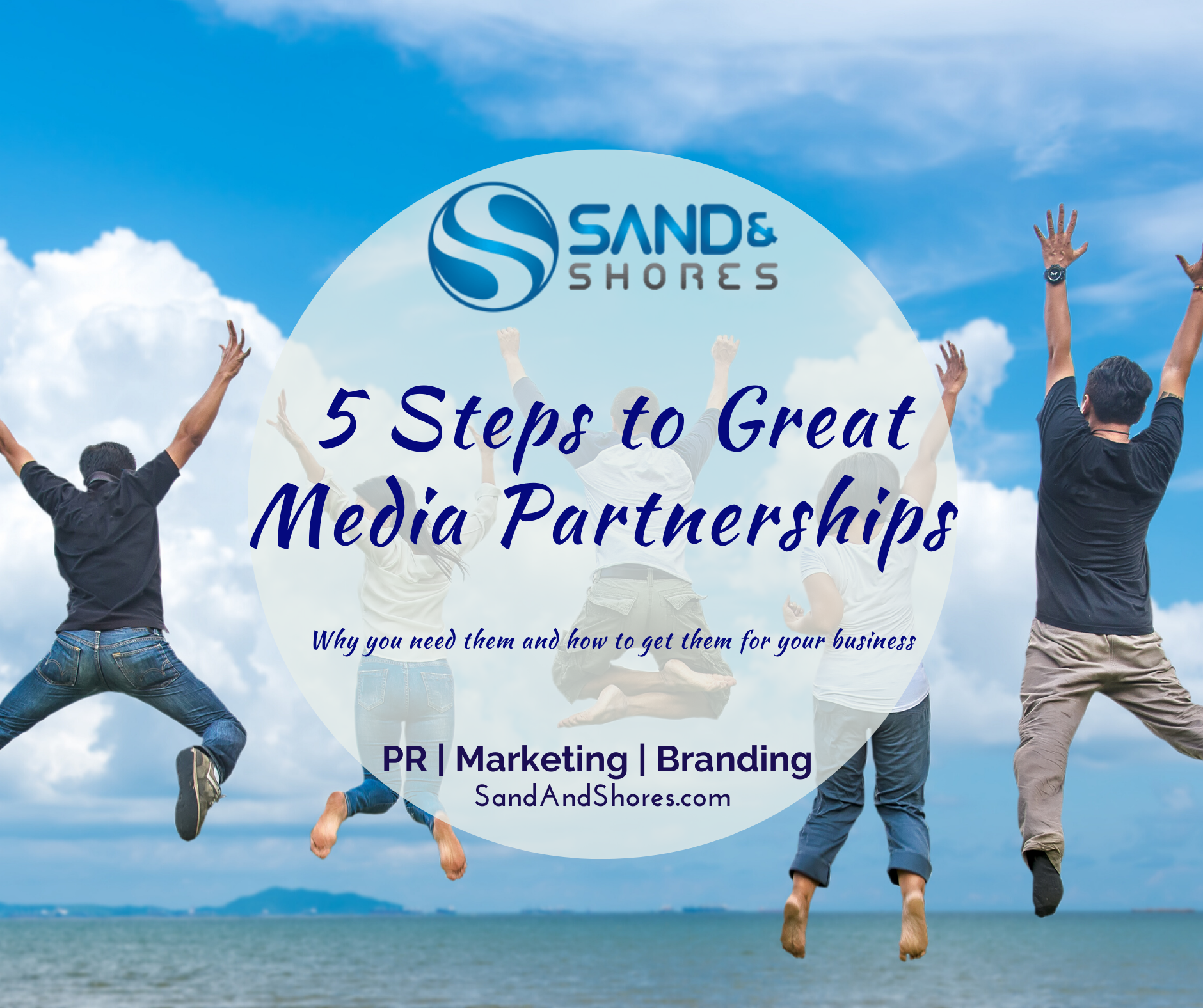What are they and why do you need them for your business?
Small businesses, entrepreneurs, authors, and even celebrities need to be very strategic on how they elevate their brand and magnify their message. If you are going to be selective about your words, your writing and your expression of your thoughts, beliefs, and stories, you should be just as selective with your media partners and options to collaborate. Essentially, a media partner is a collaboration with you and your business with another business, preferably a media outlet but simply a platform with followers that have a similar or complementary target market as you and your business.

so much information
Who are you talking to?
When you establish your brand, one of the first things that you do is nail down your target audience. Who are you talking to? Who is your customer? Who needs to hear what you are saying? We would all like to believe that what we are offering is for everybody but the truth is, there is a select group of people that what you are offering is exactly what they need. Finding the right message for them if most important. How do you get their attention? Where are they getting their media? How do they consume information?
Once you answer those questions (in addition to a few more things) you can start to research and select your media partners based on those that are reaching out, attracting and connecting to that same or similar group. It is critical to consider your target audience and the potential media partner’s target audience when looking to establish a brand partnership. If your target audience is not the same as the partner, there is a low probability of high success because you both will be speaking to separate groups.
Simply put, you want to pick a media partner where you can both share each other’s information with your separate groups that have similar likes, dislikes and buying power. It does not have to be an exact match but it must be similar so that the information that you share from your partner can be seen as beneficial to your people just as you want your information to be seen as beneficial when they share it with their followers on their platform. This is an effective promotional vehicle for companies with small marketing budgets. Media partnerships can bring good publicity for both the business and the media outlet.
Now, make it happen.
Step 1
Reverse engineer your partnership. First, define the results you want to achieve from your media partnership. Do you need to reach a certain number of viewers, website hits, or shares? If you have a press release, do you want to be able to share it on the media partner’s platform? Do you need listeners on a podcast? What’s your media goal? Write down a list of your ideal terms with the media partner.
Step 2
Clearly lay out what you have to offer. What is the benefit of working/partnering with you? How can you benefit an outlet? Likely, they are looking for some engagement and exposure to an underexposed sector of their target audience. How can you be a solution for that? What is unique about you and your platform?
Step 3
Once you have them engaged or at least interested, it’s time to lay out your strategic plan. Establish goals for each of you separately that will benefit the other. Keep in mind how you can raise brand awareness. Don’t be afraid to get creative. You know your audience best. What gets them motivated to engage? What are you going to incorporate; blogs, social media channels, newsletters, included in a media pitch? Explore the options that will maximize results and commit to reach-goals outlined together.
Step 4
Messaging is important. If you are not simply SHARING their content but building new content to include your partner in, you must both agree on the messaging that you are sending out. Exact wording does not need to be agreed on because you know how to speak to your followers but the general messaging and some key terms used will need to be discussed and agreed on. Talk about images, pictures, and other visuals that you may want to use or have used. In some instances, phrases and verbiage from your partner will be conveyed initially. As you get familiar with the brand that you are partnering with, it should become obvious on what to use when assets are composed. It’s always best to lead the way in clarity and confirm with your partner. Good communication can only help the partnership. Most importantly, make sure that you find out exactly what NOT to include. Everybody has a redline. Always get that understanding.
Step 5
Ready, set, go. Media partnerships should not be stressful or complicated. If you are doing what you love, it should be fun, collaborative and creative. Put your strategy to work and see how it goes. Tweak it as you see fit. Evaluate the results. Check in with your partner regularly to see how they are doing and if they are seeing results. Always ask what you can do to help and be clear on what you need from them. Do you need to change the content? Do you want to include a different image? Keep track of what works and what doesn’t work. Build on that partnership with new ones. Grow you’re your reach and your influence in your niche space in the market.

Follow Sand & Shores on Facebook, Threads, and Instagram.
For media inquiries or if you would like more information about this topic, please contact Tonya McKenzie at tmckenzie@sandandshores.com | Threads: @TonyaMcKenziePR | Instagram: @TonyaMcKenziePR

